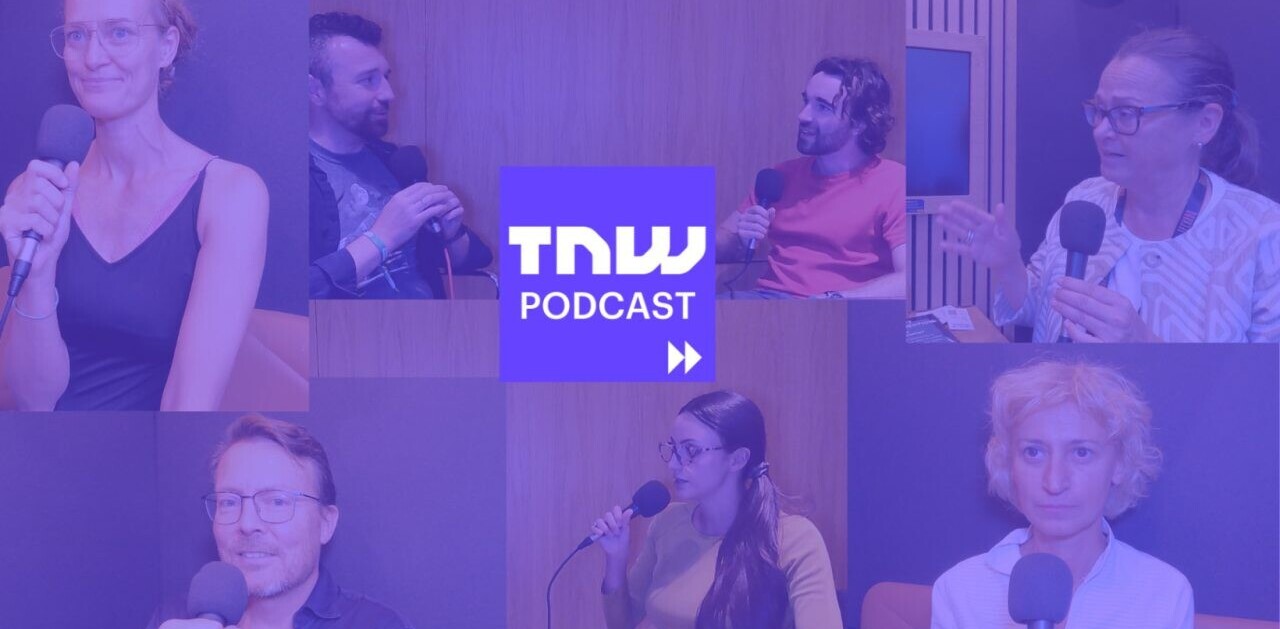
Nihar Sawant is the co-founder of Expojure. This post originally appeared on his Medium blog.
If you are follower of Eric Ries’s ‘Lean Startup Methodology’ then you must have heard the term ‘Minimal Viable Product.’ Before beginning with any task, it is better to start with small things rather than directly jump on the big picture.
This approach not only helps you to use your resources wisely but it also helps you to save time. Joel Gascoigne of Buffer wrote a wonderful post where he said successful people start small in which he gave examples of several ventures which started as a small project and ended up being successful and big.
When I started working on Expojure (a photo management app for social media), I was aware of Lean Startup Methodology and Minimal Viable Product. Unfortunately, I misunderstood the concept of MVP and I ended up building a product which even I didn’t want to use.
The so-called MVP of Expojure involved following things:
- Simpler Sharing — Syncing photos across multiple social networks from Facebook to 500px to SmugMug.
- Photo Management — Organize photos on social networks in collections
- Gear Sharing — A place to showcase gears used by photographers
- Portfolio — Free portfolio creation tool
- Showcase — Single photo collection which will have best photos taken by photographers
Things which were not part of MVP were Image Editor & Custom Domains.
Now it may sound stupid; how can so many features be part of a minimalistic product? But they were and no one suggested me that I was going in a wrong direction.
After working on this feature-set for three months, we realized that we were building a crappy product because not a single thing was working properly. We lacked the focus which is required initially. In fact, every single feature I mentioned above is worth becoming a product itself. So we decided to take a pivot and focused on only one thing ‘Simpler Sharing.’
Even though we took our first pivot after three months, it took a while for me to understand what would have been an ideal MVP. Since the reason why Expojure started was because of the frustration of sharing photos everywhere. Hence ‘Minimal Viable Product’ should have been only sharing. Just Connect Accounts -> Upload Photos -> Publish Everywhere. No Collections, no showcase, no portfolio just one click sharing.
A perfect solution always appears obvious, but the path to that perfect solution is not always obvious.
After reading success stories, it is easy to underestimate the process of defining the ‘small’ because the solution is always obvious. But it can be difficult to define what is ‘small and yet useful.’
Express your product in one sentence
If you are not able to express your whole product in one sentence then there is something fundamentally wrong.
When people asked me to explain Expojure, I was never able to explain it in one sentence. I used to tell them ‘Expojure helps you to share your photos on multiple social networks, create portfolios and also share gears.’ It used to take probably 10 to 15 mins to tell them what exactly I am doing.
But after the first pivot, we were able to express the whole product in one sentence : ‘Better way to curate your photos on Social Media’ or ‘Photo Management app for Social Networks.’ This process helps you to not only stay focused on what your are trying to build but also express your product in more efficient way.
In fact I would take this process even further and refine it to just two to three words. Whenever I get any user feedback or suggestions, I check whether implementing this feature will help to make sharing more simpler. If the answer is no, then drop down the priority of that suggestion or just don’t build it.
Validating the problem without building anything
For a long time I was never able to digest how anyone can validate a problem without building anything. While creating Buffer, Joel simply created a landing page and tweeted it to his 1-2k twitter followers. When he got positive responses, he started the development.
From his twitter followers he got around hundred early adopters and some paying customers. I simply rejected this approach because Joel had few thousand loyal followers when he pitched the idea of Buffer. On other hand, I don’t even have hundred followers. So I thought I have to build a product. But I was wrong.
Anyone can validate the idea without building anything. You don’t need to be a rockstar to get thousands or at least hundreds of people to use your product from Day One.
Recently I had a chance to meet CEO of Servesy Harmeet Kawatra and asked him about ‘Idea Validation’ process. I was amazed by his response. Even before writing single line of code, he went to shopping malls of Hyderabad and surveyed potential customers. And when he got satisfactory response then the development process started.
Now this is Lean. All you need to do is, get rid of introvert in you for few moments and you will cross the first obstacle.
People who have visions should go to see a doctor — Helmut Schmidt
The way media portrays innovators is often misleading. You can not simply have a ‘vision’ and start building the product. Entrepreneurship is hard and it is very important to use your resources carefully. It is never about the idea, it is about the execution and starting up small is a part of that execution.
Get the TNW newsletter
Get the most important tech news in your inbox each week.





